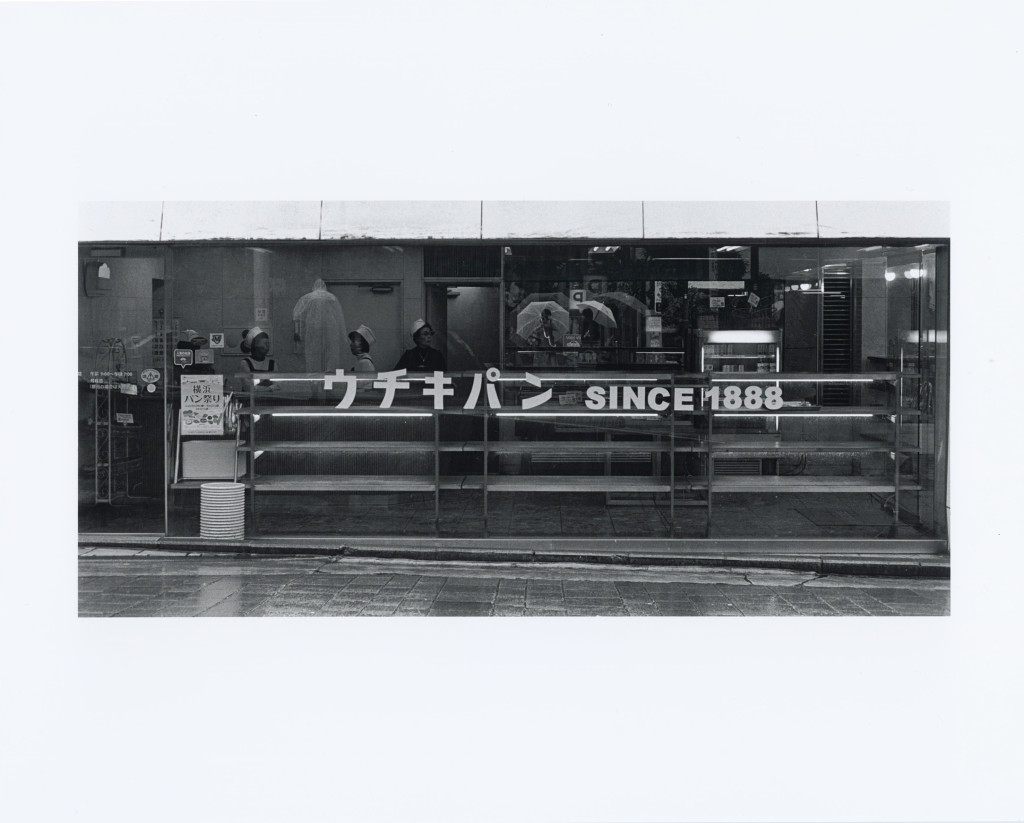It’s always good for a professional photographer when a talented director reaches out. The nature of the work, of course, and also the actual person in charge is very important beyond the work itself.
Just the other day, a branding company called Cell Division conducted new employee training. The company motto is to share the dream of the customer. That means being a good partner, presenting an array of options and then fulfilling that dream. It necessitates experience and knowledge that enables one to present wide-ranging solutions. With that in mind, the director’s idea was to bring the new employees to the Dark Room to experience film development and printing. And he did just that.
The goal of the course was not about getting good at developing film and printing it. Rather, from my perspective, it was not even about the image; it was more about simply understanding what a photograph is. Only, I didn’t telegraph that to the students. I simply had them enjoy the darkroom work. Everyone feels differently about the work, which is fine; that’s part of the charm of photography.
Once the course was underway, the photographs that they took were as compelling as I had expected. They took a genuinely deep interest in selecting shots from the contact sheets, too. I even had the director participate, and without surprise, he chose some of the best shots among them. With photographs, the way a person looks at them changes depending on how that person has lived–the richness of their experience, in other words. In more extreme cases, one person might enjoy looking at a photograph while another may feel sad looking at that same photograph.
Now, consider this example: when you want to use a photograph whose purpose is to promote the sale of food, the objective of that photograph is clear. The person who sees it should think it looks delicious; you certainly don’t want them thinking it looks gross. So basically you have to choose a photograph you think everyone is going to find delicious-looking. The director is seeking the kind of experience that allows one to see differences, though. Someone might say, “This photo seems like it’s in the moment.” But if that’s the one you choose, and a client asks, you need to be able to explain why it’s in the moment, and not ‘so yesterday’. Furthermore, the director has to give precise direction outside of the photography itself. These newbies need to start accumulating valuable life experience and make difficult decisions.
It felt good to look at these students during the course, as the way they listened and absorbed everything was like watching parched ground absorb water. Who knows? Even as I write this, maybe a few years down the road I’ll be the subject of their critiques. But if that happens, I’ll be glad it’s coming from them.


